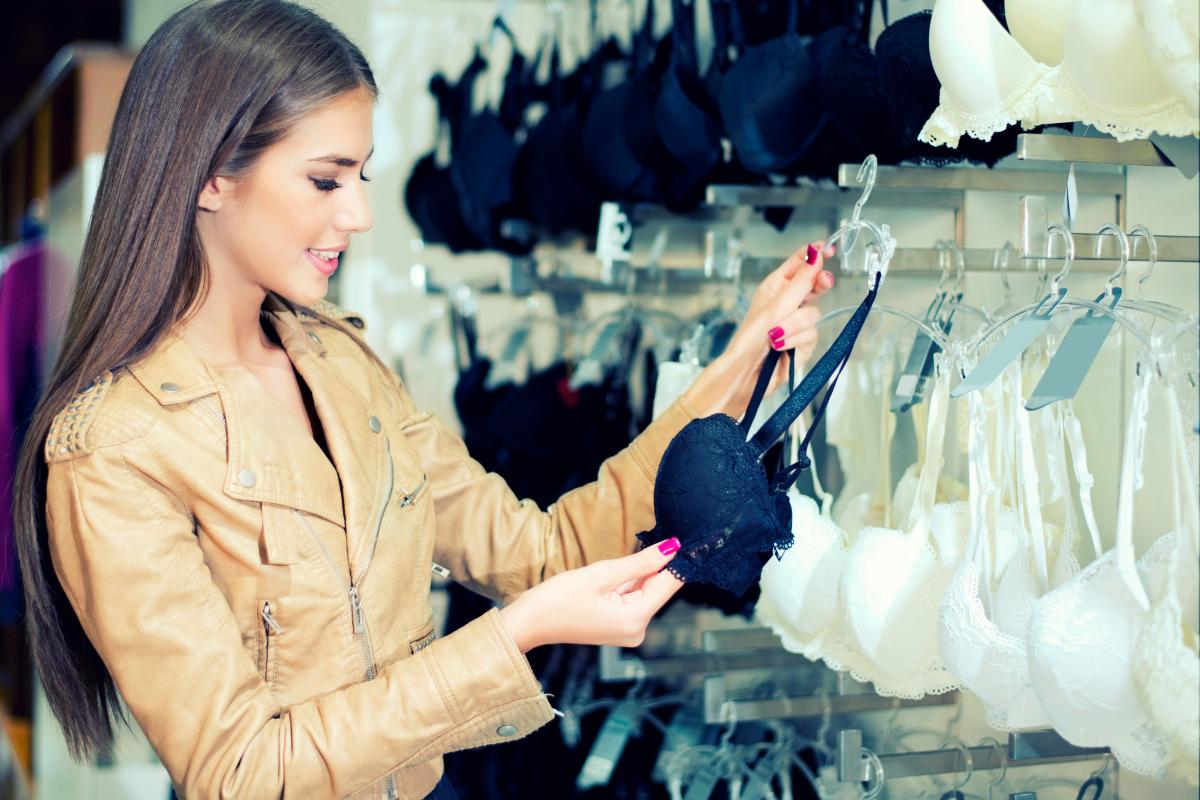Fabric:
When you buy lingerie it’s important that you pay attention to the type and quality of the fabric. Usually, bras are crafted with one or a mix of the following types of fabric. nylon, polyester, cotton, spandex, and jersey. Few other fabrics which give exotic look are silk, satin, organza, and florence net.
The textile used for making bras should be thin, smooth and strong so that apart from support, they stay light without adding any bulk. When it comes to lace lingerie, pick high-density lace to ensure a longer life span. Also, it’s important to choose bra fabric depending on its usage and purpose, eg., cotton is the most preferred fabric for its stretchability and absorbent nature. However, a sports bra usually comprises of fabric that is more elastic and absorbent in nature, such as Lycra, spandex, and microfiber.
Cups – the quality of the fabric layers:
Look for cups that are thin, smooth on both sides and strong so that they support and remain light. Cups are usually made with one or two layers of fabric depending on the function it is supposed to serve. Check the cups for stretchability and smoothness. Some bras come with molded cups. A well-molded bra cup should keep its shape no matter how much pressure it goes through. While buying a molded bra check its quality by gently pushing the cups on top while it lays flat on the table. Good quality molded cups will have the ability to come back to its form in a few seconds.
Padded bra cups:
Check the cups for integrated/removable pads. Some pads come as separate pieces called cookies. Some bras have unipad i.e. the pad comes as a single piece. Feel the pad with your fingers to check whether it’s soft and smooth. A perforated pad will let your skin breath and absorb moisture well.
Underwire:
Some bras come with underwire support. Feel the sturdiness of underwire and the casing. Inspect the edges well. The stitches around the casing should be intact without any opening. If the casing is not proper the underwire may rip and poke open at the edges of the casing after a few washes.
Bands:
Look for the correct amount of stretchability. It should be flexible enough to provide room for movement and sturdy enough to not ride up at your back. In short, it should fit snug as a bug in a rug.
Hook-eye closure (Fasteners)
Fasteners should stay tight in its place. Examine the hook and eye by clasping and unclasping every single column for any misplacement and slapdash.
Slider movement:
Move the slider through the strap up and down to check if it's firm enough to stay where you position it. Also, check the material of the slider as they come in both metal as well as plastic. Make sure they are fine and smooth and don't poke your skin.
Seam (Finishing):
Check the quality and type of seams used in different parts of the bra. Eg., You will find a normal seam in most parts of a bra. At the cradle, you may notice zig-zag seam to add further strength to carry the weight of the bosom. Straps are done with a picot at the edges to bear with extreme pull and pressure. Examine the joints of different parts of the bra for any ravels and damages as they affect the lifespan of the bra.

